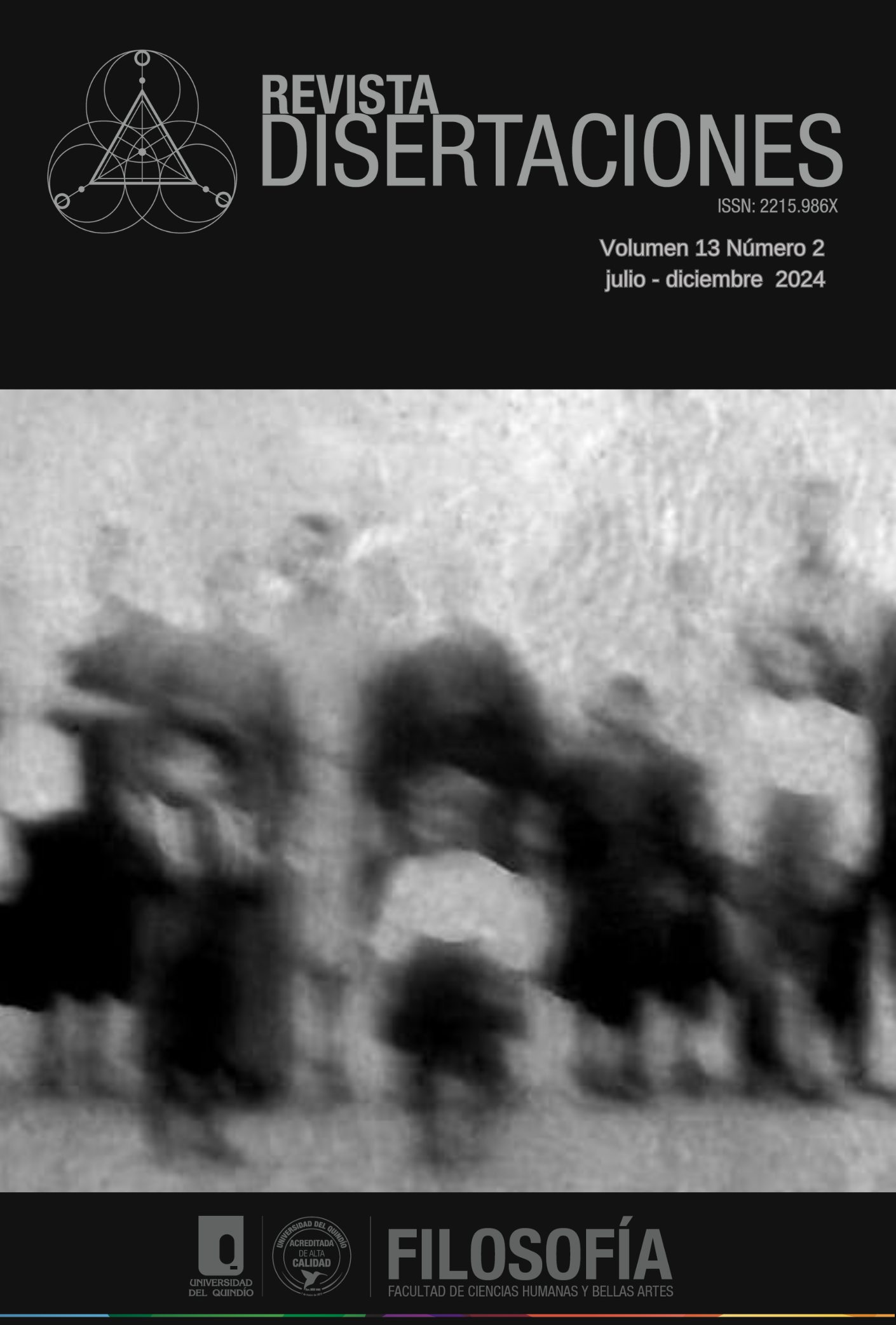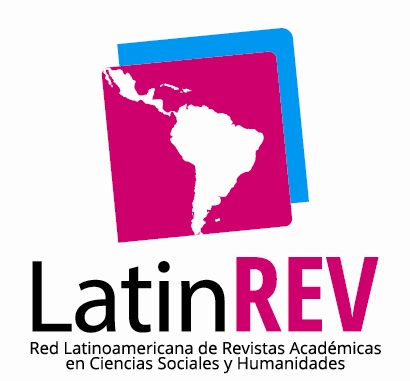Aparições espectrais
tempo e política nas práticas artísticas argentinas contemporâneas
DOI:
https://doi.org/10.33975/disuq.vol13n2.1430Palavras-chave:
anacronismos, archivos, espectralidad, prácticas artísticas contemporáneasResumo
No artigo seguinte proponho estabelecer uma relação entre as práticas artísticas contemporâneas ligadas aos usos e à interpretação dos arquivos e o que chamo de espectralidade. Esta relação é, argumenta-se, uma das principais vias de acesso às práticas artísticas. Para esta abordagem, recupero as contribuições ao tema feitas por Jacques Derrida, Aby Warburg e Georges Didi-Huberman, onde é possível observar a fratura. e reconfiguração da temporalidade linear que sustentou a modernidade ocidental a partir da figura do espectro. Em segundo lugar, são analisadas as obras dos artistas argentinos Daniel García, Graciela Sacco e Cristina Piffer, onde pretendo observar a forma como estes artistas propõem uma marca visual e estética caracterizada pela utilização de imagens de arquivo onde a figura do espectro ocupa o espaço central de investigação. Nesse sentido, sustento que é possível pensar as práticas artísticas contemporâneas que emergem após a ditadura militar que governou a Argentina entre 1976 e 1983, como uma política espectral concebida como o reaparecimento daquilo que foi reprimido e violado.

Downloads
Publicado
Como Citar
Edição
Seção
Licença
Copyright (c) 2024 Jesús Antuña

Este trabalho está licenciado sob uma licença Creative Commons Attribution-NonCommercial-NoDerivatives 4.0 International License.














